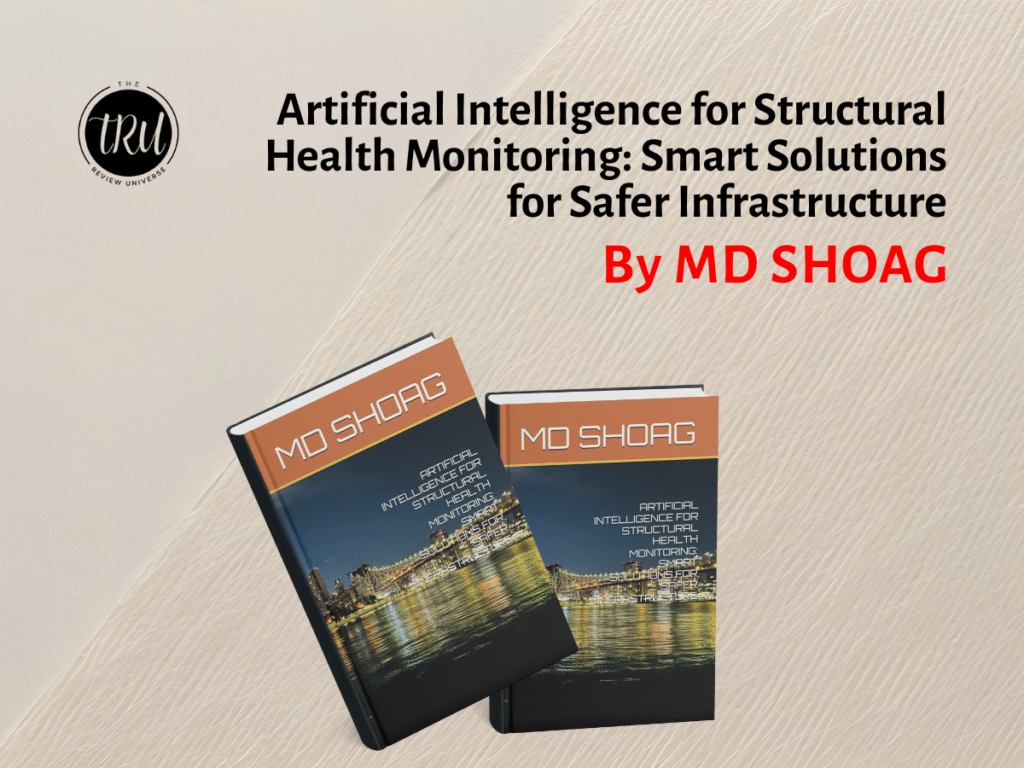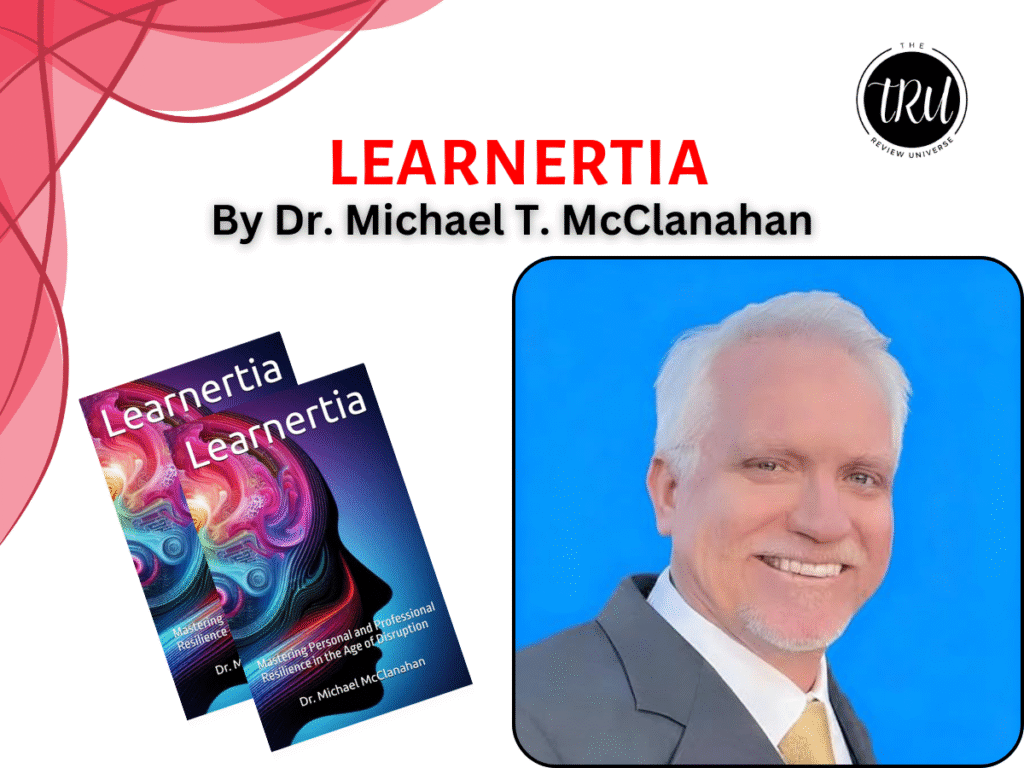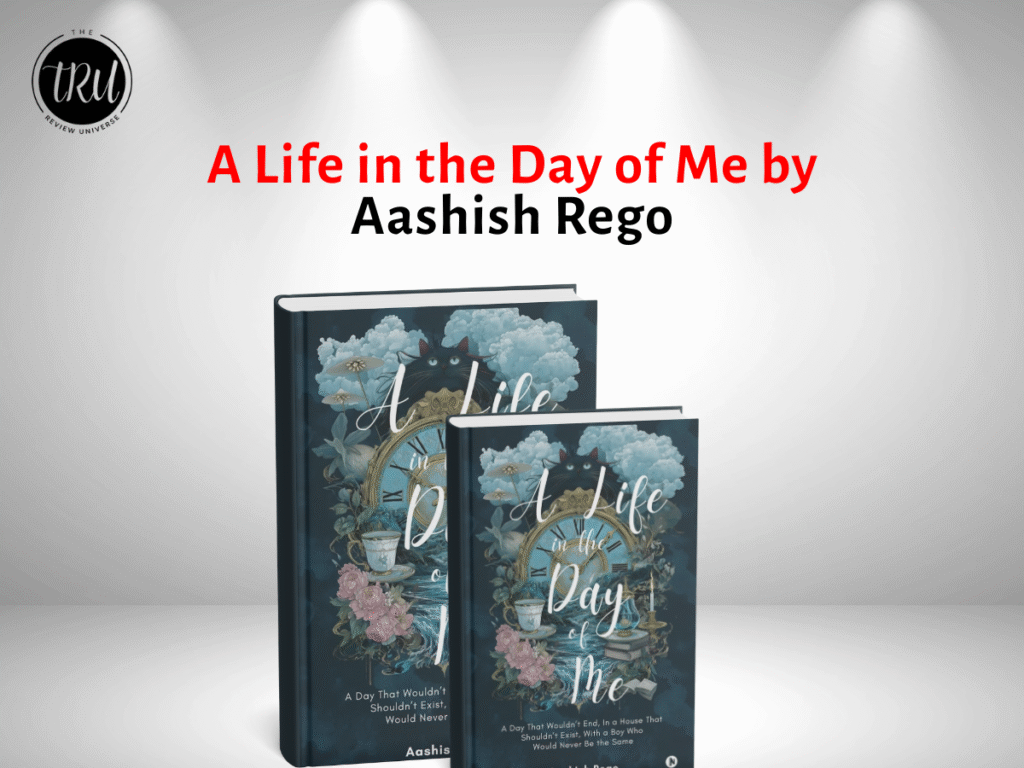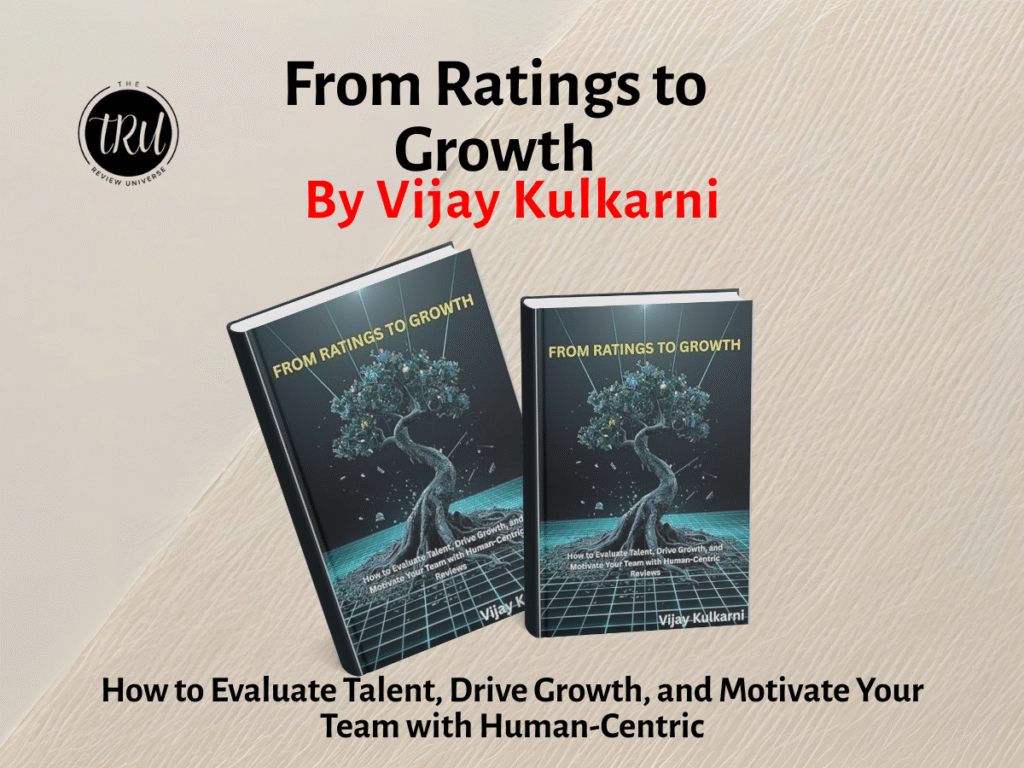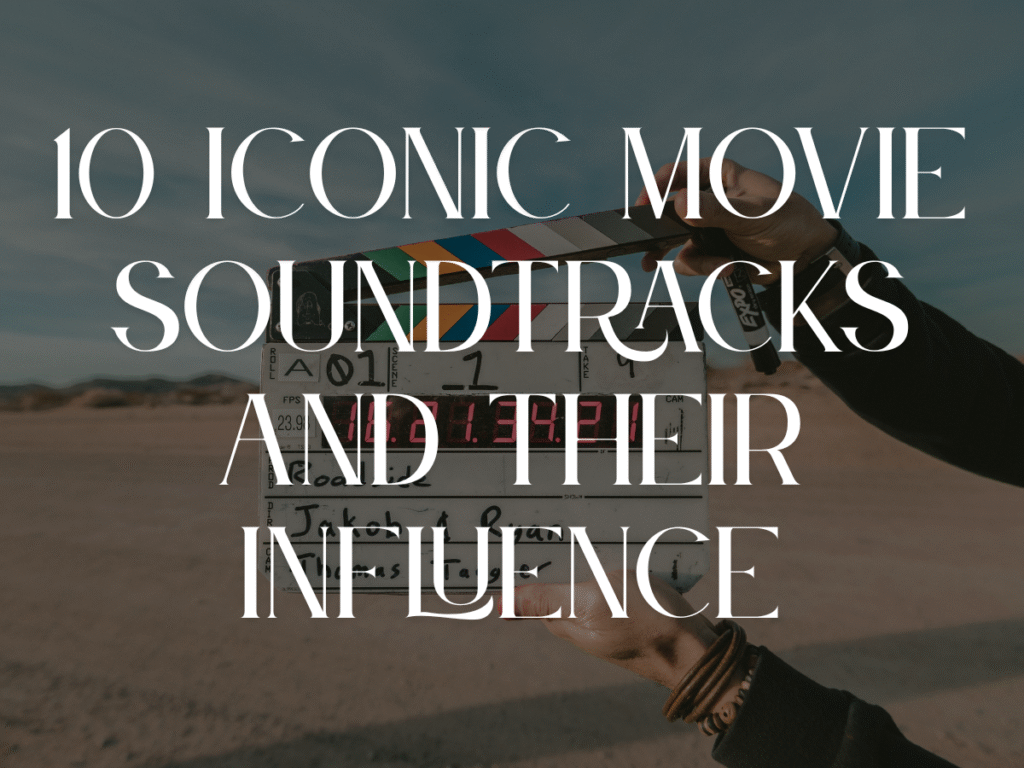
10 amazing soundtracks and influence. In the delicate tapestry of cinematic brilliance, the unsung hero is frequently found in the auditory realm: the soundtrack. From swelling orchestral scores to unforgettable pop anthems, film soundtracks have the power to evoke emotion, deepen storytelling, and shape the cultural legacy of a movie. Understanding how sound influences perception and emotion provides leaders with significant insights into effective communication and impact. This article goes into ten great movie soundtracks, examining their enormous impact on both the films they accompany and the larger cultural landscape.
In many cases, the music becomes synonymous with the film itself; it defines the emotional resonance that audiences carry with them, often for years or even decades. Think of the timeless awe induced by John Williams’ score for Star Wars, or the aching intimacy captured in the melancholic chords of The Piano. Such compositions are not just artistic complements—they are cultural milestones.
A perfectly timed crescendo can elevate a moment of triumph to legendary status, just as a subtle, haunting melody can linger long after the credits roll. Soundtracks are not mere background fillers—they are active storytellers, enhancing character arcs, intensifying plot points, and establishing atmosphere with remarkable precision. Film scores are being studied in music conservatories, dissected in academic journals, and sampled in genres as diverse as hip-hop, EDM, and classical crossover. This convergence of cinematic sound and contemporary culture reveals a profound truth: music, when fused with story, becomes memory, meaning, and magic.
Moreover, the impact of a powerful soundtrack extends beyond the screen, infiltrating our daily lives and collective consciousness. Songs from movies regularly chart on global music platforms, become anthems of personal experiences, and are used across media, advertising, and public events. They ignite nostalgia, capture zeitgeists, and even resurrect forgotten tracks by placing them in fresh cinematic contexts.
Music affects how we perceive time, emotion, and memory. A minor key can instill unease, while a sudden tempo shift can signify urgency or chaos. For leaders, marketers, and creatives alike, this understanding is crucial—music is not just entertainment; it’s a tool of influence. Just as a rousing score can galvanize an audience in a film, strategic use of sound can elevate branding, advertising, or even public speaking.
Furthermore, film soundtracks often serve as platforms for emerging artists or forgotten legends. A well-placed song in a pivotal scene can catapult an artist into mainstream fame, as happened with Aimee Mann’s haunting contributions to Magnolia or Simon & Garfunkel’s iconic presence in The Graduate. The synergy between film and music offers a dual exposure—audiences discover new musical landscapes while simultaneously reinforcing their emotional connection to the story unfolding onscreen.
In some cases, a soundtrack’s influence becomes so powerful that it overshadows the film itself, becoming a standalone success. Albums like Guardians of the Galaxy: Awesome Mix Vol. 1 or O Brother, Where Art Thou? not only sold millions of copies but also redefined the way audiences engaged with music as a part of cinematic experience. The way Hans Zimmer uses percussive pulses and ambient swells in Inception not only builds suspense but also manipulates temporal perception, reflecting the film’s layered narrative structure. Such mastery is a lesson in immersive storytelling that transcends the confines of cinema.
This article explores ten great movie soundtracks that embody all these qualities—transcending their medium, leaving an indelible mark on cinema, music, and culture at large. Through detailed examination of their composition, placement, and broader influence, we aim to highlight how music, often quietly working in the background, is in fact a commanding force in the storytelling arsenal. Understanding how sound influences perception and emotion provides leaders, creatives, and audiences with powerful insights into effective communication and emotional resonance—lessons that extend far beyond the silver screen.
How sound shaped cinema and sparked cultural revolutions.
10 Amazing Soundtracks And Influence
1. STAR WARS (A NEW HOPE) – 1977

It is a watershed moment in cinematic history, a breathtaking space opera that enthralled spectators around the globe. Its timeless theme of good vs evil, mixed with innovative visual effects and memorable characters, sparked a global phenomenon. George Lucas, a brilliant filmmaker and entrepreneur, transformed filmmaking with unprecedented special effects, immersive world-building, and innovative franchise development.
John Williams’ score for Star Wars is undoubtedly the most well-known and influential in cinematic history. His orchestral grandeur revitalised compositions in Hollywood, demonstrating that music could be as memorable as pictures, inspiring innumerable composers and cementing the score’s status as a character in its own right.
2. JAWS – 1975
It’s an exciting and terrifying film that reimagined the summer blockbuster. The film’s fascinating characters, smart dialogue, and relentless pacing make it an unforgettable cinematic experience that continues to set the standard for monster features and thrillers. Steven Spielberg, a legendary filmmaker, is renowned for his exceptional storytelling, ability to create heartfelt blockbusters, and command of suspense and spectacle in a variety of genres.
John Williams’ motif for Jaws is an excellent illustration of how simplicity can have a powerful impact. His work highlighted the capacity of a unique, recurrent musical signature to become synonymous with a film’s principal danger, indicating that a score may be a character in and of itself, motivating the audience’s emotional response and being instantly recognisable around the world.
3. PSYCHO – 1960

It is a revolutionary horror classic whose innovative narrative structure and brutal violence revolutionised the genre. It’s a scary, thrilling, and psychologically complex film that continues to inspire filmmakers and attract spectators. Alfred Hitchcock was a pioneering filmmaker known for his creative camera techniques and psychological thrillers that played on viewer emotions and expectations.
Bernard Herrmann’s soundtrack for Psycho is a minimalist masterpiece, written exclusively for string instruments. The shrieking, high-pitched violins are one of the most well-known and scary musical cues in cinema history, instantly invoking fear and violence. This score demonstrated that music could be highly unpleasant and visceral without relying on traditional melodies, permanently altering how horror films used sound to intensify fright and shock.
4. THE GOOD, THE BAD AND THE UGLY – 1966
It is an epic masterpiece and the classic spaghetti western. Leone’s vast vision, magnificent cinematography, and classic performances by Clint Eastwood, Lee Van Cleef, and Eli Wallach result in a timeless cinematic experience. Its unique blend of gritty reality, dark humour, and sweeping scale, paired with an iconic score, make it a true masterpiece. Sergio Leone, a visionary Italian director, transformed the Western genre with his stylised imagery, epic scale, morally ambiguous characters, and pioneering use of close-ups and wide views.
Ennio Morricone’s score for The Good, the Bad, and the Ugly is synonymous with spaghetti westerns. Morricone’s work demonstrated that a film soundtrack could be a standalone artistic triumph, defining the genre and inspiring other artists and directors.
5. CHARIOTS OF FIRE – 1981
It is an uplifting and wonderfully constructed historical drama that honours integrity and the quest of excellence. While the film is best known for its iconic score, it also tells a compelling and emotionally rich story that received critical acclaim. Hugh Hudson, a British director recognised for his artistically stunning historical dramas and biopics, frequently explored themes of tenacity, honesty, and the human spirit against tough backdrops.
Vangelis’ electronic score for Chariots of Fire was groundbreaking for its time, departing beyond traditional orchestral works. Her work revealed electronic music’s ability to elicit intense emotions while also creating a distinct, modern sound for cinema, influencing a new generation of electronic composers and film scores.
6. BLADE RUNNER – 1982
Ridley Scott, a visionary filmmaker, is renowned for his painstaking world-building, iconic sci-fi aesthetics, and ability to create engrossing, often morally complex stories. It is a major work of science fiction, a visually striking neo-noir that reimagines the cyberpunk genre. It has become an internationally acknowledged masterpiece, inspiring innumerable filmmakers and artists with its profound explorations of artificial intelligence and the nature of humanity.
Vangelis’ synth-heavy score for Blade Runner contributes significantly to the film’s vivid, dystopian universe. Its gloomy, ethereal soundscapes brilliantly convey the film’s themes of existential dread, artificiality, and transient beauty. Her work confirmed electronic music’s place in film score by demonstrating its ability to build complex emotional landscapes and define a film’s overall tone and identity.
7. PULP FICTION – 1994
The film’s iconic characters and mix of dark humour, violence, and pop culture references solidified its place as a cultural phenomenon and a milestone for modern filmmaking, affecting an entire generation. Quentin Tarantino, an influential filmmaker, is recognised for his non-linear storylines, stylised violence, pop culture references, and humorous, frequently expletive-laden language, which have resulted in a distinct film voice. It’s a pioneering, bold, and immensely cool masterpiece that reimagined indie cinema.
Pulp Fiction’s soundtrack is a masterwork of handpicked music, combining surf rock, soul, and pop songs from the 1960s and 1970s. This album popularised the concept of mixtapes, demonstrating that properly picked popular music could be as effective and legendary as an original work.
8. THE LORD OF THE RINGS – 2001

It is a breathtaking cinematic achievement, a faithful and immersive adaptation of Tolkien’s beloved fantasy epic. It’s a grand adventure filled with wonder, danger, and profound themes of friendship and sacrifice, setting a new standard for fantasy films. Peter Jackson, a visionary filmmaker, achieved the seemingly impossible by bringing Tolkien’s epic fantasy world to life with unprecedented scale, meticulous detail, and a deep respect for the source material.
Howard Shore’s score for The Lord of the Rings: The Fellowship of the Ring is an epic tapestry of leitmotifs, weaving intricate musical themes for characters, places, and cultures throughout the vast world of Middle-earth. His meticulous research into Tolkien’s lore resulted in a score that feels ancient and timeless, setting a new benchmark for fantasy film music and demonstrating the power of a cohesive, expansive musical universe.
9. INTERSTELLAR – 2014

It’s a visually gorgeous and intellectually complex science fiction epic that blends magnificent spectacle with profound emotional depth. While occasionally complicated, the film’s great themes of love, sacrifice, and humanity’s eternal spirit, along with its breathtaking cinematography, make it a truly touching and unforgettable cinematic experience. Christopher Nolan, a master of intricate storylines, is well-known for his ambitious storytelling, practical effects, and thought-provoking explorations of topics such as time, memory, and reality.
Hans Zimmer’s score for Interstellar is a colossal work, distinguished by dramatic compositions, orchestral orchestration, and creative use of quiet. It exemplified the power of a distinct instrumental voice to define a film’s identity and produce an instantly recognisable, deeply resonate sound.
10. AMELIE – 2001
Jean-Pierre Jeunet, a French filmmaker, is known for his highly stylised images, amusing plots, and eccentric characters, which frequently combine fantasy with a distinct sense of magical realism and elaborate production design. It’s an amazing and completely wonderful cinematic jewel, a quirky fairy tale set in modern-day Paris. It’s a feel-good picture that celebrates the little things in life, human connection, and the power of imagination, leaving spectators with a profound sense of warmth and optimism.
Yann Tiersen’s charming and varied score for Amélie is just as important to the film’s appeal as its images. Tiersen’s score demonstrated how a distinct, unconventional sound can define a film’s entire personality and become a beloved cultural classic.
IMDb rating: 8.3/10.
ECHOES THAT ENDURE
These iconic film soundtracks have had a far-reaching impact on popular culture, influencing musical trends and displaying the tremendous power of auditory craftsmanship. They demonstrate that the impact of a film is more than just its visuals; it is an immersive experience in which sound plays an equal role in generating emotion, memory, and narrative. Recognising the fundamental relationship between sound and effect is important for any leader because it teaches them how to create captivating experiences that last. These scores are more than simply background noise; they are essential components of cinematic legacy, reverberating across decades and reminding us of music’s singular ability to move, inspire, and define an era.
For further articles : https://thereviewuniverse.com/blog/

